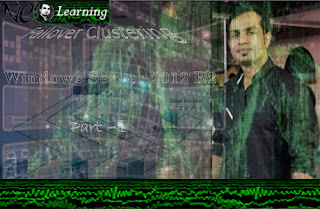Manage work/room space environment according to your preferences with personalized lighting , temperature and color.
Cisco has been involved since line of years in advancing networking world and still playing major role in IP (Internet Protocol) advancement. Cisco has list technologies at the glance now days.
What if Cisco plays the same part in advancing Ceiling Lights and work space environment?
Yes it is!
Let's look at Cisco Digital Ceiling, which is a instagram sift for our life, you may assume your office where you can manage the intensity of light, color as well as temperature to your personal preference. The digital ceiling framework solution can cover difference building's system and controls such as lighting, HVAC, Security and much more over IP, the best thing is advanced sensors those can also provide insight into previously opaque building operations. By binding together such as building systems, owners and operations then can be increased it's (building) efficiency and sustainability to manage more easily their buildings, it will also allow authorities of building to deliver much highly personalized user experience to improve productivity and safety.
"Increasingly, companies are looking to provide the perfect environment for each employee and customer" says Ingri Kambe, Solutions Marketing Manager for Cisco Digital Ceiling. The Digital Ceiling enables the new experience workplace and providing lighting that more closely mimics natural light. On a broader scale, it could be linking sensors in light fixtures to HVAC systems via the network so as more people enter a conference room, it is alerted to pipe in more fresh air to optimize comfort.
To bring the Digital Ceiling framework to life, Cisco is collaborating with domain experts including LED lighting innovators Philips, Molex and Cree, building automation leaders such as Johnson Controls, enablers and independent software vendors including Microsoft, Siemon, Superios Essex, Relayr and more. The aim of productive and energy efficient workspace is aided by utilizing existing daylight Network powered LED lighting in the Digital Ceiling can sense when daylight naturally illuminates a room, and it will therefore adjust to aim the artificial light. This ultimately lowers costs and makes the most of resources.
In addition, natural light can have a profound impact on our mood, productivity, healing and learning, Emberlight states " That our bodies respond to natural lighting by calming our moods and emotions" Brighter light also stimulates productivity and concentration. In contrast, fluorescence often aggravates uneasiness and can cause headaches. More workspace are opting for LEDs which can most closely mimic natural light and which are color tuneable allowing users to select cool or warmer light tones to optimize a calming yet energetic light source. Cisco's Digital Ceiling will change the way we think about lighting and the space we work in," said Tony Shakib, Vice President of Cisco's Internet of Things Vertical business unit. For the first time we can intelligently control our environment through IoT and the convergence of the network with building technologies, including lighting, heating, cooling security, motion detection, and a multitude of other sensors, The results are significant from cost and energy saving to occupant comfort.
In Cisco's own implementation of a Digital Ceiling, the results have been fantastic:






















